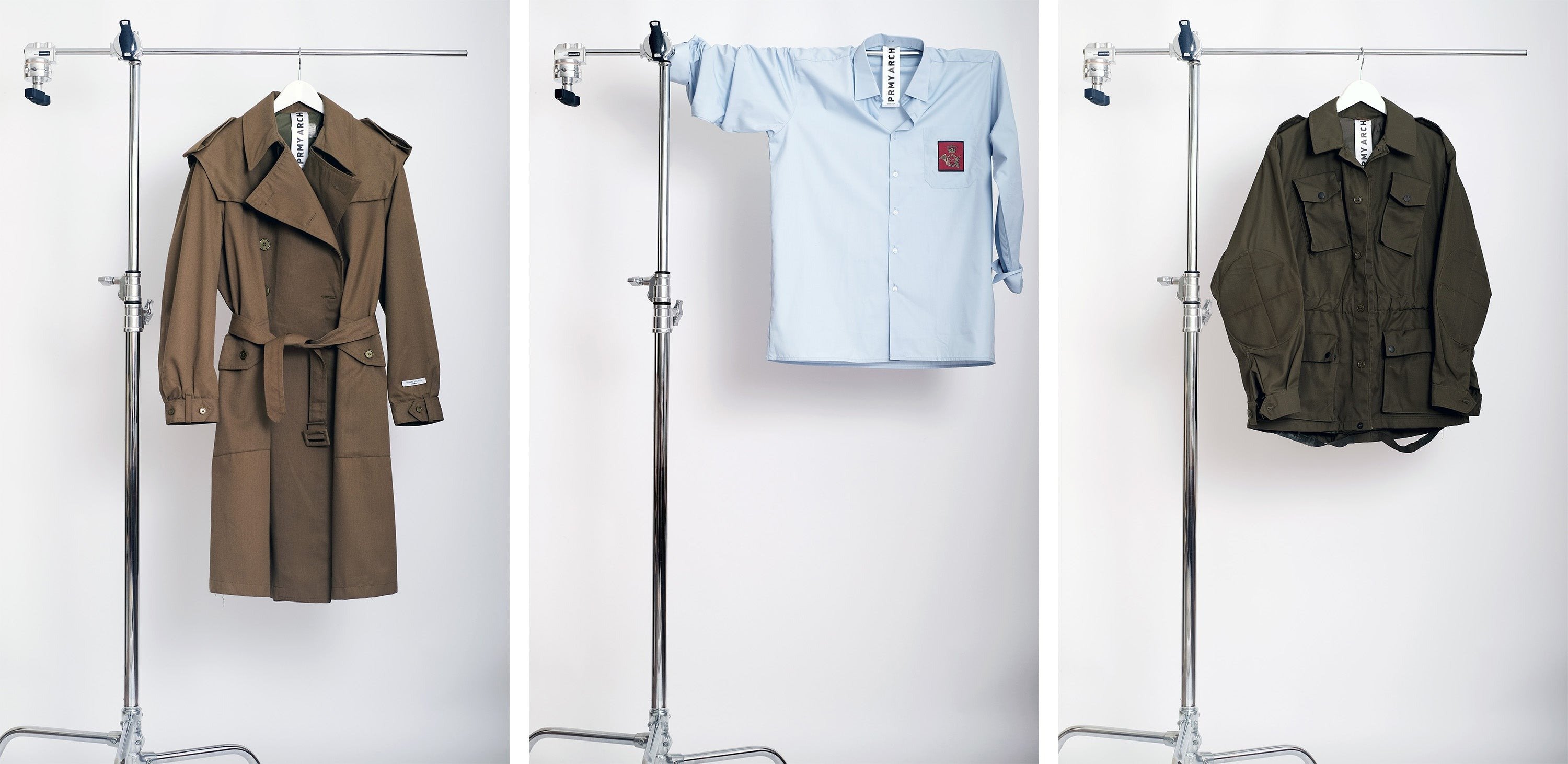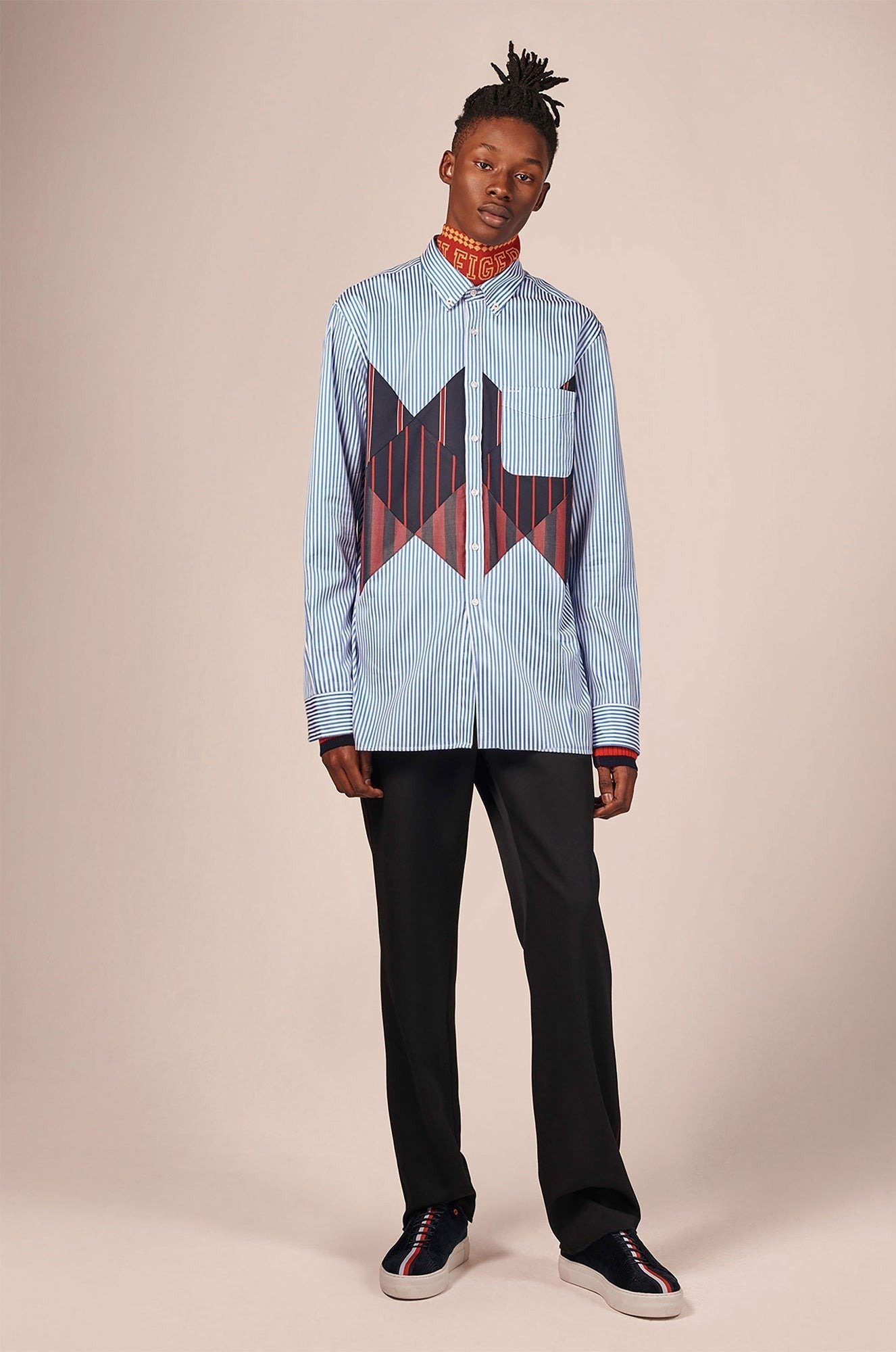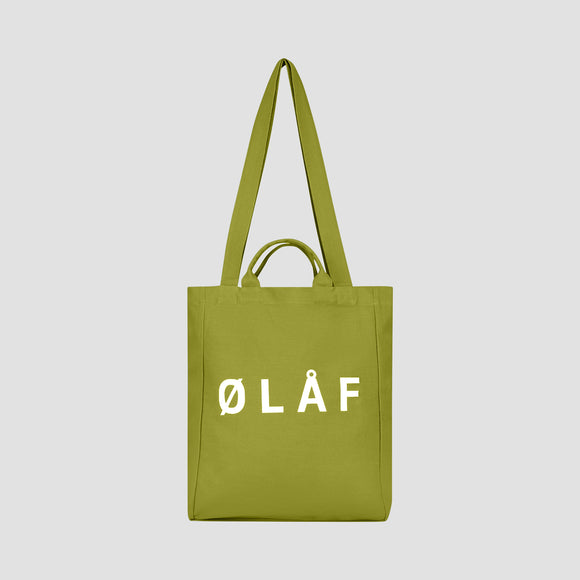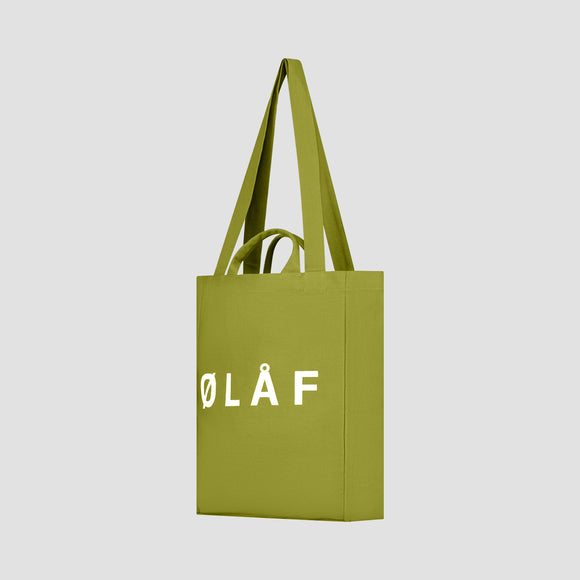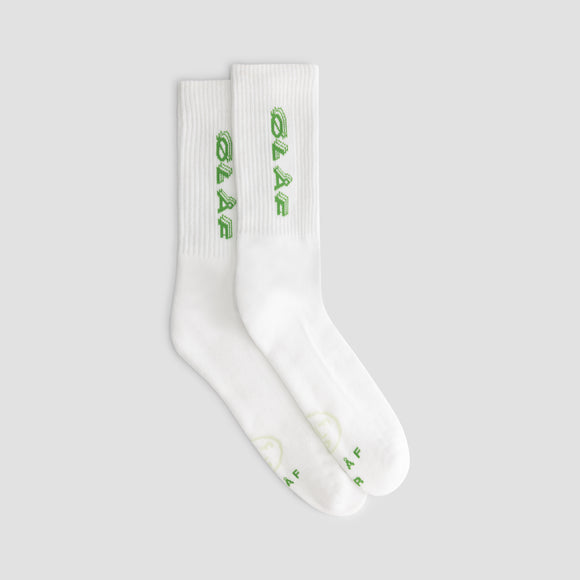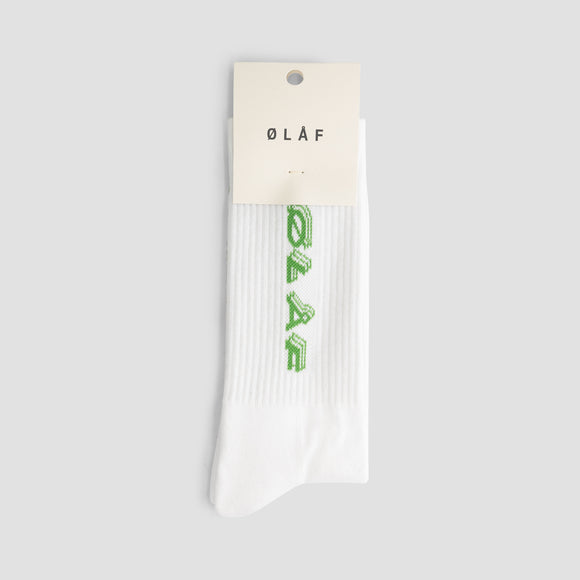Hi Rocco, you’ve had a long and successful career in the fashion industry. How did you get your start?
“I started in 2000, after studying industrial design. So, something completely different. After industrial design, I was working in an advertising agency. It was there where I started to work with a sportswear brand and at a certain point they said, ‘why don’t you join our team, we may need a creative guy, or someone with a bit of a different vision of our product’. Yeah, that's how I started. The team was Napapijri which is a well known sportswear mountain brand. I had the chance to work directly with the founder of this brand, a kind of visionary guy, comparable nowadays with the guy from Patagonia. So, he was really into nature and developing technical products for hiking, citywear, urbanwear and this iconic brand grew exponentially and became internationally recognized."
You’ve also worked in a number of different cities and countries. Have the different cultures influenced you as a designer?
“Yeah, Italy, Turkey, France, and now I’m in Holland. Basically, in the companies where I worked it was international people around me. So, there wasn’t a big difference. The big difference was specifically in the approach of the market and approach of the brands. Italians are really conservative in terms of developing products and in their approach to the market. They prefer to go deep and be product specialists in the market segment where they stand. That's why you have specific, high quality products, high quality manufacturing, and often traditional design. Turkey was a massive market because they were producers. So, they were focusing on quantities with good quality but always based on time and price delivery. In Holland, they are “visionary”. Dutch people know the market really well and they know what the market wants, they’re really driven by that. But on top of this, if they own a strong identity in their brand, they are great to stick and dive into it really intensively, and I see a kind of passion in that, I like that.”
Is that why you stayed in The Netherlands the longest? The approach to fashion and design?
“From a culture point of view, I really like the style of life that you have here in Holland. I can walk downstairs in my pyjamas, go to the supermarket and nobody cares. I feel this helps also to create less barriers between the people. There is a kind of freedom of expression in everyday life. I need to mention as well that I love the fact that I can easily move and do everything by bike in an international city, that’s also unique."


